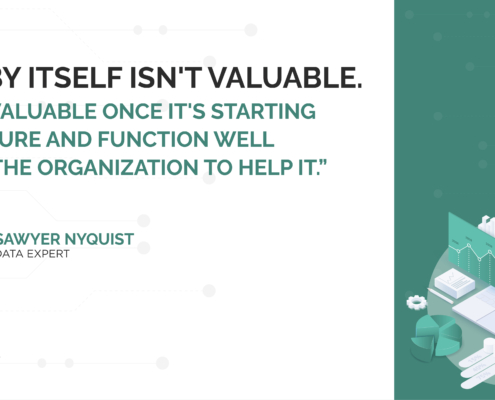 https://thecharitycfo.com/wp-content/uploads/2025/05/E101graphicBlog1-scaled.jpg
1338
2560
Paul Cook
/wp-content/uploads/2025/03/fileuploads_222926_8055634_252-8e05624973e20b5de823aebdbcfd37df_LogoLeftAligned.png
Paul Cook2024-12-04 14:24:312025-10-20 07:55:45Decision-Making in Nonprofits: Insights from a Data Expert
https://thecharitycfo.com/wp-content/uploads/2025/05/E101graphicBlog1-scaled.jpg
1338
2560
Paul Cook
/wp-content/uploads/2025/03/fileuploads_222926_8055634_252-8e05624973e20b5de823aebdbcfd37df_LogoLeftAligned.png
Paul Cook2024-12-04 14:24:312025-10-20 07:55:45Decision-Making in Nonprofits: Insights from a Data Expert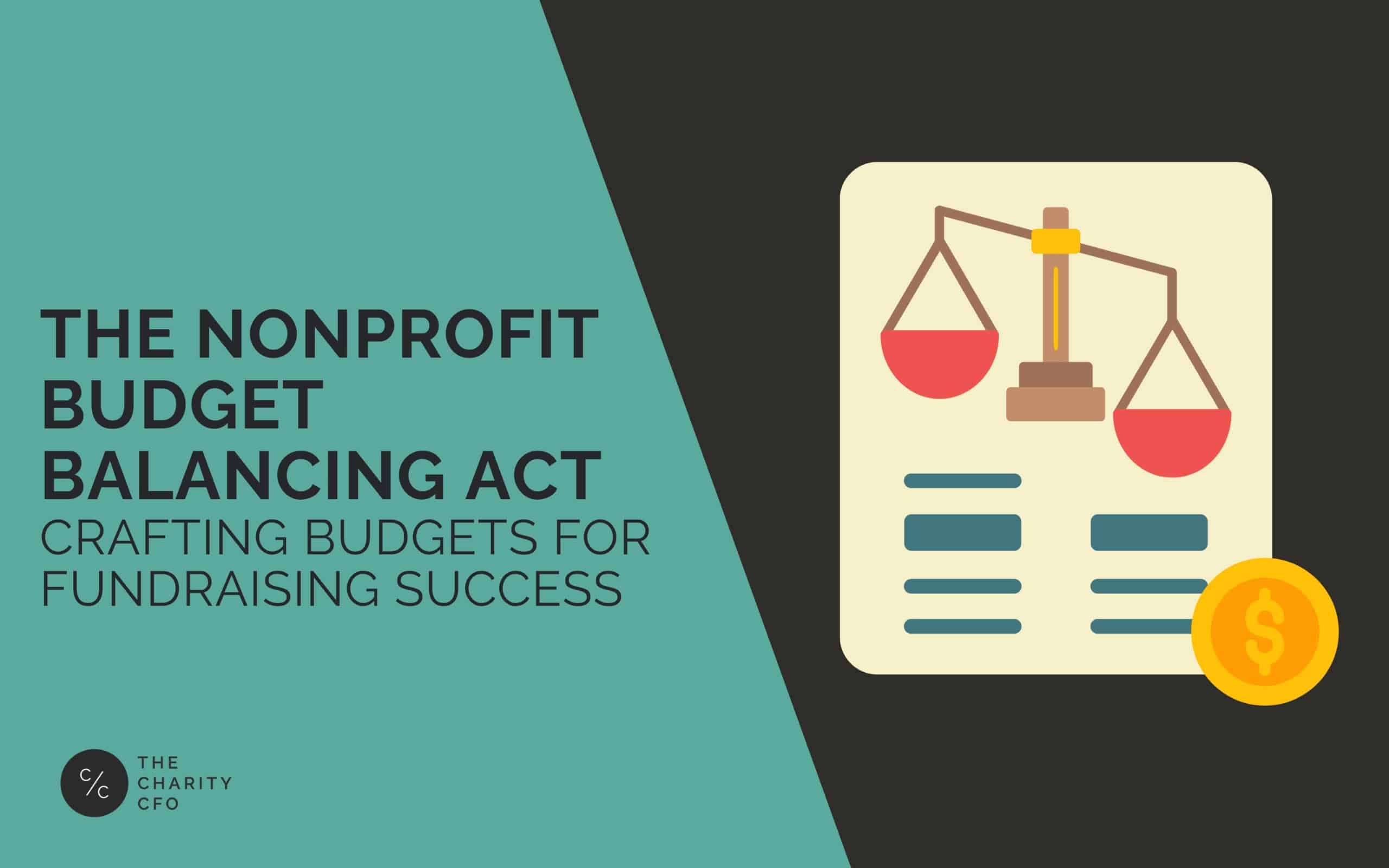
Nonprofit leaders know all too well that crafting budgets isn’t just about numbers—it’s about storytelling. When it comes to securing funding, your budget serves as a narrative tool, helping funders understand your mission, your needs, and your impact. But the challenge lies in the fact that not all funders want to see the same story.
Why Nonprofits Need Multiple Budgets
Different funders have different priorities. Some grantmakers want to see the full cost of running your programs, including overhead, to understand the true resources required to deliver impact. Others prefer to see evidence that your organization is financially stable, highlighting diverse funding sources to avoid the appearance of dependency.
For example:
- A government grant might prioritize detailed evidence of your program’s efficiency and sustainability, including administrative costs and compliance plans. Learn more about best practices when accounting for grants.
- A private foundation may focus on innovation, looking for budgets that emphasize creativity or leverage matching funds from other sources.
- A major donor could be inspired by knowing their contribution will directly support program expansion or a new initiative.
The key to success lies in tailoring your budgets to each audience while maintaining transparency and aligning with your mission.
The Risks of a One-Size-Fits-All Budget
Failing to adapt your budget can have serious consequences, including:
- Lost Funding Opportunities: If your budget doesn’t reflect a funder’s priorities, you risk losing their interest entirely.
- Mission Drift: Trying to adjust your programs to meet funding requirements can lead to taking on projects outside your core mission, straining your team and resources.
- Capacity Overload: Overcommitting to new initiatives can lead to staff burnout and reduced quality in your existing services.
- Perception of Instability: A budget that only highlights need without showcasing sustainability may make your nonprofit appear like a risky investment.
These challenges underscore the importance of thinking strategically about how your financial narrative supports your fundraising goals. For guidance, refer to our nonprofit budgeting best practices.
How to Tailor Budgets Without Losing Focus
Creating effective, audience-specific budgets starts with a clear understanding of both your financials and the expectations of your funders. Here’s how to strike the right balance:
- Understand Your Audience: Before presenting a budget, ask: “What does this funder need to see?” If they value long-term sustainability, highlight your overhead costs and administrative efficiency. If they prioritize innovation, showcase how new funds will enhance your mission. Our nonprofit budgeting 101 guide offers more insights.
- Be Transparent About Challenges: Funders don’t expect perfection. Sharing both successes and challenges—including the potential impact of funding gaps—can build trust. For example, if insufficient funding might lead to reduced services, be honest about the risks while offering a plan for sustainability.
- Avoid Mission Drift: Focus on the work you’re already doing and the problems you’re solving. Resist the temptation to take on new projects simply to secure funding—it can dilute your mission and strain your resources.
- Embrace Multiple Budgets: Develop templates for different funder types, such as program-specific budgets, full-cost budgets, or sustainability-focused budgets. This allows you to quickly adapt without starting from scratch. Learn how to create a nonprofit operating budget.
- Collaborate Across Teams: Ensure your accounting, program, and fundraising teams are aligned. This not only creates more accurate budgets but also ensures consistency in messaging when engaging with funders. Discover strategies for budget tracking for nonprofits.
Why Transparency Builds Long-Term Trust
Many nonprofits feel pressure to present a “rosy picture” to funders, but this approach can backfire. Funders want to see the real picture:
- What have you accomplished?
- Where are you struggling?
- How will their support make a tangible difference?
By being upfront about your needs and challenges, you show funders that you are a strategic, trustworthy partner. For example, if you’ve fallen short of a goal, share what you’ve learned and how future funding will address these gaps. This honesty strengthens relationships and encourages funders to invest in your success. For more on this, read about preparing for increased funding scrutiny.
Moving Forward
Nonprofit budgeting is as much about strategy as it is about numbers. By tailoring your financial story to each funder and being transparent about your needs, you can build stronger partnerships, secure more sustainable funding, and stay focused on your mission.
Are you ready to transform the way you approach budgeting and fundraising? Let’s start a conversation about how tailored strategies can support your nonprofit’s goals.
Ready to take the next step?
If you’re looking to put these strategies into practice, our team of nonprofit experts is here to help. Contact us and let’s talk about how a fractional CFO can move your mission forward—starting with your finances.
📬 Join Our Newsletter
No time to read this article now? Download it for later.
Follow Us Online
Stay connected and get more exclusive content on:
Website: www.thecharitycfo.com
Instagram: @thecharitycfo
Facebook: https://www.facebook.com/thecharitycfo
LinkedIn: https://www.linkedin.com/company/the-charity-cfo
TikTok: @thecharitycfo
Spotify: https://open.spotify.com/show/6hofQXPCxiPZuZy3OecW8y
Apple Music: https://podcasts.apple.com/us/podcast/a-modern-nonprofit-podcast/id1542301310
Share This Post
More Like This
 https://thecharitycfo.com/wp-content/uploads/2025/05/E101graphicBlog1-scaled.jpg
1338
2560
Paul Cook
/wp-content/uploads/2025/03/fileuploads_222926_8055634_252-8e05624973e20b5de823aebdbcfd37df_LogoLeftAligned.png
Paul Cook2024-12-04 14:24:312025-10-20 07:55:45Decision-Making in Nonprofits: Insights from a Data Expert
https://thecharitycfo.com/wp-content/uploads/2025/05/E101graphicBlog1-scaled.jpg
1338
2560
Paul Cook
/wp-content/uploads/2025/03/fileuploads_222926_8055634_252-8e05624973e20b5de823aebdbcfd37df_LogoLeftAligned.png
Paul Cook2024-12-04 14:24:312025-10-20 07:55:45Decision-Making in Nonprofits: Insights from a Data Expert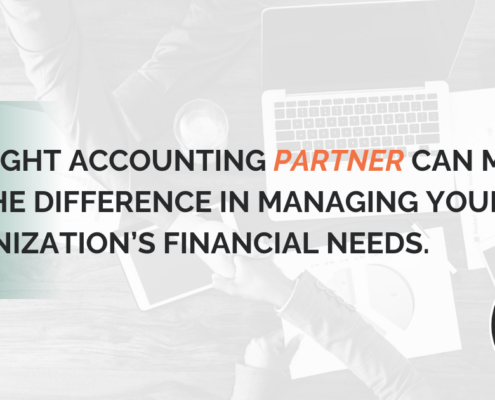 https://thecharitycfo.com/wp-content/uploads/2025/05/227.png
630
1200
Paul Cook
/wp-content/uploads/2025/03/fileuploads_222926_8055634_252-8e05624973e20b5de823aebdbcfd37df_LogoLeftAligned.png
Paul Cook2024-04-02 08:00:302025-10-20 07:55:55What to Look for in a Nonprofit Accounting Partner
https://thecharitycfo.com/wp-content/uploads/2025/05/227.png
630
1200
Paul Cook
/wp-content/uploads/2025/03/fileuploads_222926_8055634_252-8e05624973e20b5de823aebdbcfd37df_LogoLeftAligned.png
Paul Cook2024-04-02 08:00:302025-10-20 07:55:55What to Look for in a Nonprofit Accounting Partner https://thecharitycfo.com/wp-content/uploads/2025/05/153.png
630
1200
Paul Cook
/wp-content/uploads/2025/03/fileuploads_222926_8055634_252-8e05624973e20b5de823aebdbcfd37df_LogoLeftAligned.png
Paul Cook2023-11-30 22:14:232025-10-20 07:56:03Top 5 Mistakes Caught in a Nonprofit Audit
https://thecharitycfo.com/wp-content/uploads/2025/05/153.png
630
1200
Paul Cook
/wp-content/uploads/2025/03/fileuploads_222926_8055634_252-8e05624973e20b5de823aebdbcfd37df_LogoLeftAligned.png
Paul Cook2023-11-30 22:14:232025-10-20 07:56:03Top 5 Mistakes Caught in a Nonprofit Audit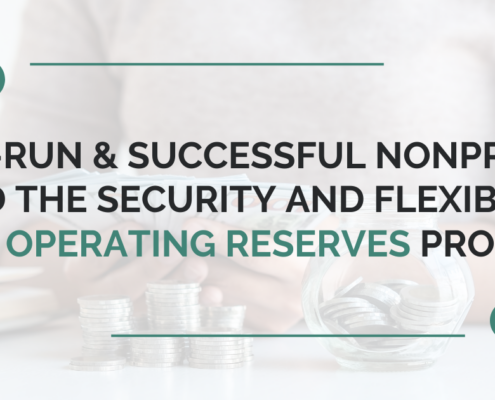 https://thecharitycfo.com/wp-content/uploads/2025/05/Charity-Articles-2-8-2.png
630
1200
Paul Cook
/wp-content/uploads/2025/03/fileuploads_222926_8055634_252-8e05624973e20b5de823aebdbcfd37df_LogoLeftAligned.png
Paul Cook2023-09-20 16:52:332025-10-20 07:56:07Nonprofit Operating Reserves: How Much Do You Need?
https://thecharitycfo.com/wp-content/uploads/2025/05/Charity-Articles-2-8-2.png
630
1200
Paul Cook
/wp-content/uploads/2025/03/fileuploads_222926_8055634_252-8e05624973e20b5de823aebdbcfd37df_LogoLeftAligned.png
Paul Cook2023-09-20 16:52:332025-10-20 07:56:07Nonprofit Operating Reserves: How Much Do You Need? https://thecharitycfo.com/wp-content/uploads/2025/05/Charity-Articles-4.png
630
1200
Paul Cook
/wp-content/uploads/2025/03/fileuploads_222926_8055634_252-8e05624973e20b5de823aebdbcfd37df_LogoLeftAligned.png
Paul Cook2022-12-22 18:42:162025-10-20 07:56:241099 Best Practices for Your Nonprofit
https://thecharitycfo.com/wp-content/uploads/2025/05/Charity-Articles-4.png
630
1200
Paul Cook
/wp-content/uploads/2025/03/fileuploads_222926_8055634_252-8e05624973e20b5de823aebdbcfd37df_LogoLeftAligned.png
Paul Cook2022-12-22 18:42:162025-10-20 07:56:241099 Best Practices for Your Nonprofit https://thecharitycfo.com/wp-content/uploads/2025/05/6.png
630
1200
Paul Cook
/wp-content/uploads/2025/03/fileuploads_222926_8055634_252-8e05624973e20b5de823aebdbcfd37df_LogoLeftAligned.png
Paul Cook2022-11-23 15:26:222025-10-20 07:56:26Job Description For Nonprofit Finance Director
https://thecharitycfo.com/wp-content/uploads/2025/05/6.png
630
1200
Paul Cook
/wp-content/uploads/2025/03/fileuploads_222926_8055634_252-8e05624973e20b5de823aebdbcfd37df_LogoLeftAligned.png
Paul Cook2022-11-23 15:26:222025-10-20 07:56:26Job Description For Nonprofit Finance Director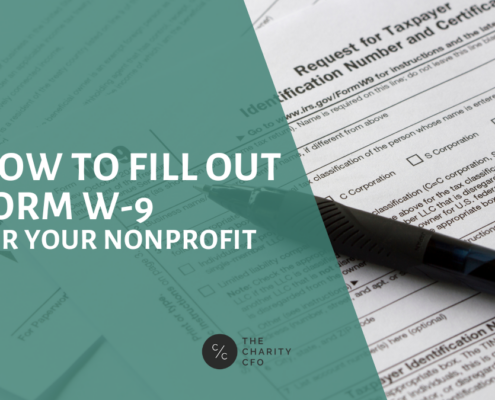 https://thecharitycfo.com/wp-content/uploads/2025/05/Blog-Featured-Image-18.png
675
1080
Paul Cook
/wp-content/uploads/2025/03/fileuploads_222926_8055634_252-8e05624973e20b5de823aebdbcfd37df_LogoLeftAligned.png
Paul Cook2022-11-03 11:27:352025-10-20 07:56:27How to Fill Out Form W-9 for a Nonprofit
https://thecharitycfo.com/wp-content/uploads/2025/05/Blog-Featured-Image-18.png
675
1080
Paul Cook
/wp-content/uploads/2025/03/fileuploads_222926_8055634_252-8e05624973e20b5de823aebdbcfd37df_LogoLeftAligned.png
Paul Cook2022-11-03 11:27:352025-10-20 07:56:27How to Fill Out Form W-9 for a Nonprofit https://thecharitycfo.com/wp-content/uploads/2025/04/start-a-nonprofit.jpeg
1334
2000
Paul Cook
/wp-content/uploads/2025/03/fileuploads_222926_8055634_252-8e05624973e20b5de823aebdbcfd37df_LogoLeftAligned.png
Paul Cook2022-09-22 07:48:152025-10-20 07:56:29How Do Nonprofits Make Money?
https://thecharitycfo.com/wp-content/uploads/2025/04/start-a-nonprofit.jpeg
1334
2000
Paul Cook
/wp-content/uploads/2025/03/fileuploads_222926_8055634_252-8e05624973e20b5de823aebdbcfd37df_LogoLeftAligned.png
Paul Cook2022-09-22 07:48:152025-10-20 07:56:29How Do Nonprofits Make Money? https://thecharitycfo.com/wp-content/uploads/2025/05/Blog-Featured-Image-11.png
675
1080
Paul Cook
/wp-content/uploads/2025/03/fileuploads_222926_8055634_252-8e05624973e20b5de823aebdbcfd37df_LogoLeftAligned.png
Paul Cook2022-08-30 14:18:502025-10-20 07:56:32ASC 606 Nonprofit Revenue Recognition Rules for Exchange Transactions
https://thecharitycfo.com/wp-content/uploads/2025/05/Blog-Featured-Image-11.png
675
1080
Paul Cook
/wp-content/uploads/2025/03/fileuploads_222926_8055634_252-8e05624973e20b5de823aebdbcfd37df_LogoLeftAligned.png
Paul Cook2022-08-30 14:18:502025-10-20 07:56:32ASC 606 Nonprofit Revenue Recognition Rules for Exchange Transactions





